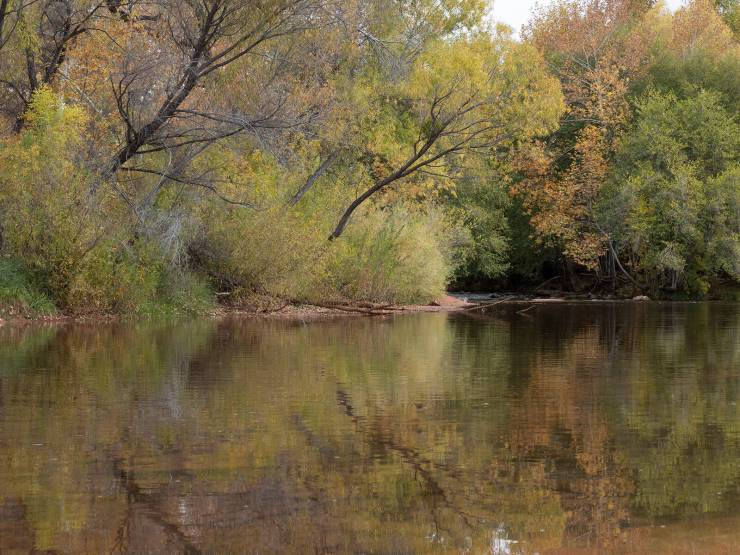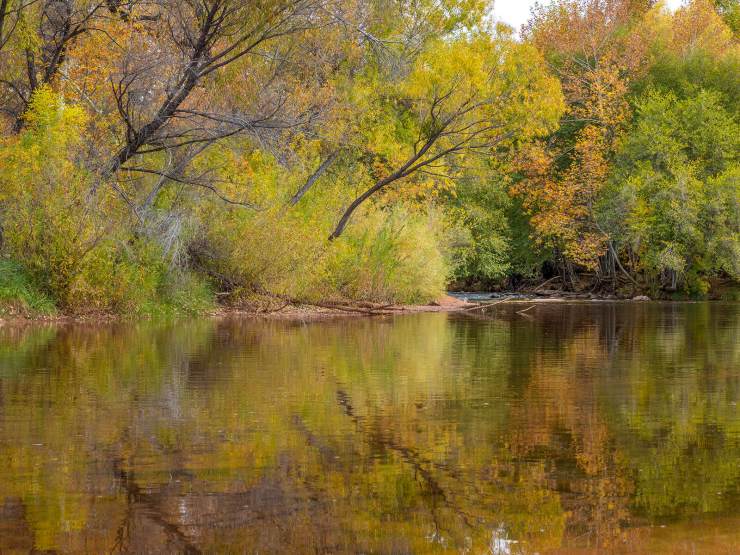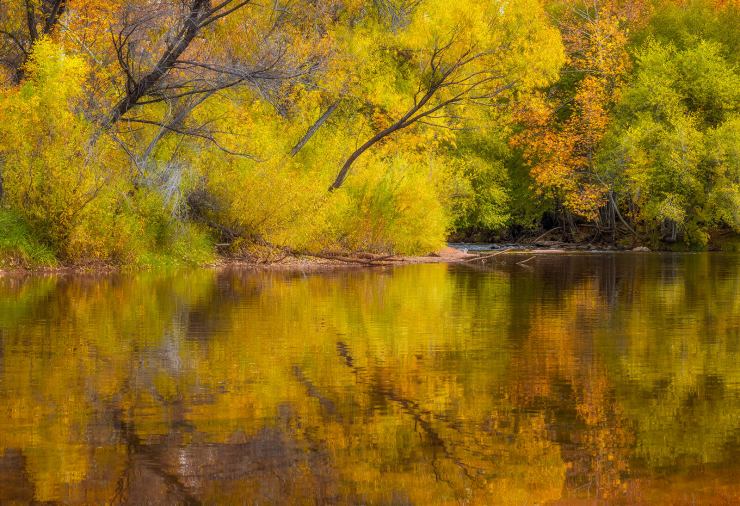Many image makers shy away from RAW files because the thinking it makes the image too flat and lifeless. But if they shoot only in jpeg they can leave some quality and options behind.
Shoot RAW
When shooting RAW you are getting all the information that the sensor can produce. because of that that extra information the file appears flat. When photographing in jpeg you are asking the camera to process the file. It uses the color profile and has to live with the exact exposure that was set on the camera. The image is compressed into the jpeg format and if all is well you have a nice file. If you need to make adjustments to that file whether it be for color, density or artistic purposes you will throw out even more information degrading the file.
If you work with the RAW file you have complete artistic control and the best quality. Let’s take a look at the various steps and possibilities.
Original file

Here is the original file straight out of camera (SOOC). No processing performed by any software other than to open in Photoshop.
Processing for reality
You can choose to process the image as to how it looked. Here I’ve used Adobe camera RAW to bring out the color and control the contrast. Many choose to use Lightroom and it works with basically the same controls and processing engine as ACR. The beauty is I still have the original RAW file to reprocess in another way should I desire. That RAW file can also become better with age in the future as software developers improve how they process information in RAW files. I have RAW files from many generations of camera ago that I have been able to revisit and make stronger images.

Processing for art

You can choose to go to another level of processing. I call this idealized imaging. You take the base image then push it further using additional software such as NIK Software, Luminar 4 or Luminar AI. I will often push my work just a bit in this direction. There is a tendency to overcook your images when using additional software such as this. Make sure you give your work a rest overnight. I’ve found that it can be easy to go too far sometimes.
Yours in Creative Photography, Bob
Tell your story with the second annual Visual Storytelling Conference!
Experience four days of interactive, online training sessions featuring a range of educational content with experienced photographers and content creators. This free event kicks off with a series of technical boot camps to build essential skills, followed by live, online sessions on photography, video, business and social media. Join live from March 10-13, 2022!
